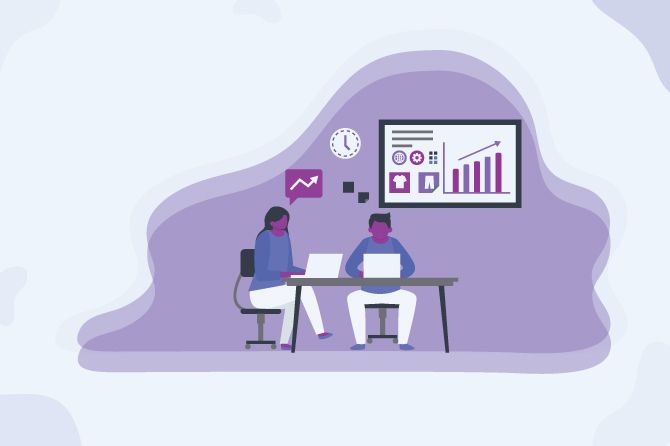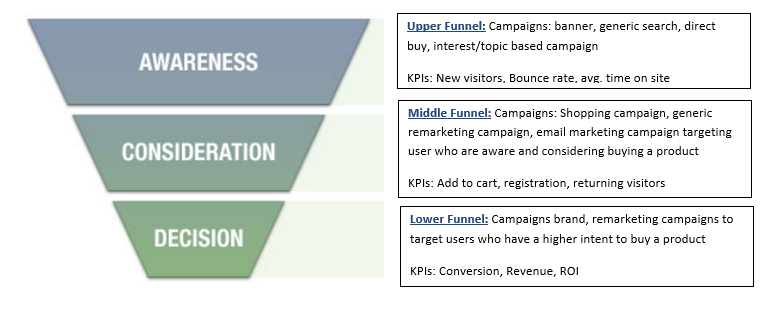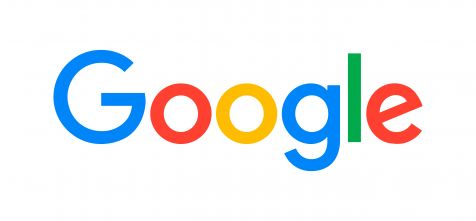
In India, the apparel industry introduces new collections every season (say autumn, winter, and summer). To sell their last season’s inventory from the warehouse, they usually run an extensive sale which they term as End of Season Sale (EOSS). At Envigo, we have designed some ROI-focused campaigns for our e-commerce clients (apparels mostly).
Read this article if you looking for some help on how to plan for an EOSS!
You need to have a plan and link a proper execution style to an EOSS for your e-commerce website. What all will be your KPIs (Key Performance Indicators), channel selection and how you will track the results are provided in this article. Below is a brief on how we have executed an EOSS campaign:
As the target was very high and strict, we started our planning months before to increase the audience data base, brand visibility, and brand searches to get the desired momentum to increase the sales and RoI (Return on Investment).
Planning
Our Approach: Break Campaigns into Funnels

Set KPIs:
Each funnel has their own set of KPIs like the Upper funnel is measured on clicks and new visitors. On the other hand, the lowest funnel is measured on sale numbers, and therefore on RoI.
Channels /Media Plan:
For each funnel, we need to consider a different set of campaigns and channels. We need to evaluate each possible online channel like content, mailers, affiliates, direct buy, video & self-serving platforms (AdWords, Facebook, Instagram, Twitter, etc.) and set campaigns accordingly.
Campaign Setting
Campaign setting is the most crucial phase, as it decides when and where your ad will be shown. Additionally, it includes to whom your ad will be shown.
Below are some settings you need to check before making a campaign live:
- Budget
- Location
- Frequency capping
- Device
- Day parting (scheduling)
Then there are some rules and automation processes that can ease your optimization process:
- Location, device, demographic and geographic targeting to show ads to the best possible audience
- Create and add dynamic conversion and dynamic remarketing to the site to track revenue generated from AdWords Facebook directly (in case of dynamic values associated with the products)
- Frequency capping to control the frequency of ads
Remarket List Management
- Create retargeting lists based on touchdown points (home page, product page, cart page, registration, confirmation page, etc.) in GA, AdWords,and Facebook to maximize on remarketing audience list
- Create retargeting lists based on visitor engagement (bounce rate, page visit frequency, average time on site, etc.)
- Create retargeting list for different lookback periods
- Create similar lookalike list
- Create custom combination of the existing list
- Upload existing email database for remarketing mailer campaigns
Execution
New Campaign Ideation
- Identifying new opportunities ( evaluate each possible online channel like content, mailers, affiliates, direct buy, video and self-serving platforms) and set up campaigns accordingly
- Make sure to create a buzz and reach to target audience at the right place and at the right time
- To increase brand searches and traffic on site, we create new generic campaigns (search & display) targeting all products available on a site
- To increase brand visibility and brand recall, we created multiple banners campaign targeting placements, topics, and interest over FB and other websites.
- Run mailer and SMS campaign on existing database to update existing buyers about the sale
- Through banner campaign, we try to reach a wider section of the web traffic that was not actively looking for products but can be our potential buyers
- Create DPA, and a dynamic remarketing campaign
- Create a shopping campaign
- Create RLSA campaigns
- Run carousal and video campaigns to showcase the products and offer them more prominently
- Set campaigns on best relevant websites/blog pages that are outside the Adword display networks
- Set email campaign on existing database and hire third party email vendors and set campaign on their platforms
- Create GSP campaign targeting the existing database
- Create GSP campaign targeting interest, topics & keywords ( products, competitors)
Ad Creatives
- Worked on improving product feeds with regular updates for shopping, DPA and dynamic remarketing campaigns
- Used various ad formats like text, image, flash, carousals, video, dynamic text ads, countdown ads
- Worked on Ad message- we created multiple Ad copies with different Call-to-Action options
- Created separate ad copies for every products, and did A/B testing
- Used different ad messaging for old and new users
- Different Ad copies specifically created for different channels, as each and every channel has different targeting objectives
Bid Management
- Used automated rule for bid optimization
- Bid optimization based on demography and geography
- Bid optimization based on device performance
- Bids optimization on hour of the day, day of the week, etc.
- Bid optimization based on CTR and quality score
- Create multiple audience sets on Facebook and set bid accordingly
- Optimize bids for higher impression share and better ad rankings on targeted keywords
Account Management
Set KPIs and used KIS (click, Impression, ad position, conversion reach, engagement and revenue) for respective campaigns types (brand/generic/banner/search/shopping/remarketing/content/mailer/SMS/direct buy/affiliates), gauged and optimized the account accordingly on a daily/hourly basis.
Performance Monitoring
- We divide the performance data based on the basis of campaign objectives (drive traffic, create awareness, sales)
- Compile performance report on an hourly/daily/day of the week and monthly basis and optimize the account accordingly
- Create performance report at account, campaigns, ad group, keywords, placements, location, device, gender and age group level to see, which set is performing and meeting its KPIs
- Pause non-converting keywords, ads, placements, ad groups, campaigns to focus our budget on converting elements
- Use negative keywords to reduce money wastage on visitors who are unlikely to purchase anything
- Track performance coming from direct buy, affiliate, content, SMS and mailers
Inventory/Landing Page Monitoring
- Keep track of the inventory scale of the campaigns
- Update website product feed regularly
- Monitor landing pages , products and pause the ad group or keywords promoting the ‘sold out’ products
- Make sure that the transaction process is working fine and is not down with broken links
- Look after exit pages, funnel reports to find any abnormalities
- Check the website on multiple browsers and devices to gauge its functionality
Execution
Took first mover advantage by promoting the EOSS a week before our competitors started the EOSS campaign, as it helped us to stay ahead. It also generated good sales in the initial phase of the EOSS.
Result
- Cost was up by 83%
- Conversion (Sale) increased by 195%,
- Revenue by 142%
- ROI by 32%
- Conversion rate by 34%
- Cost per conversion was reduced by 38%





